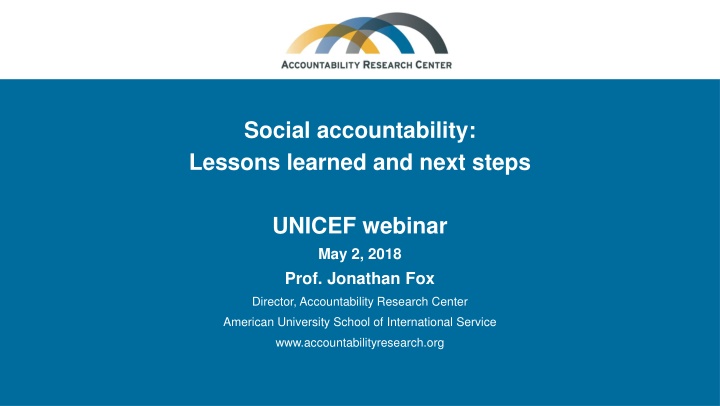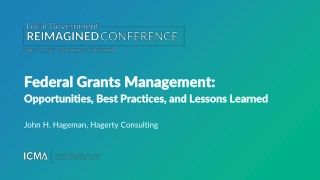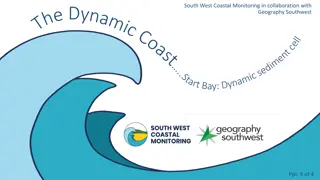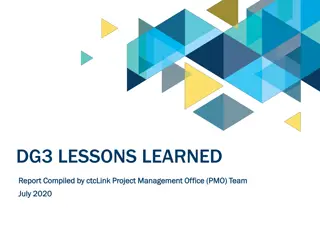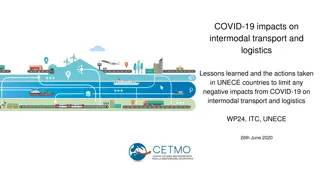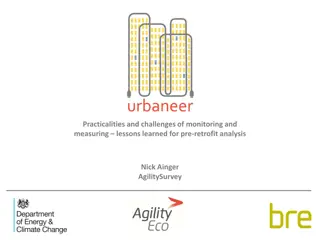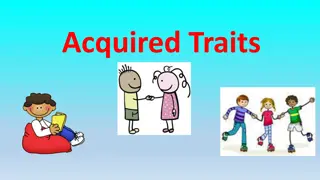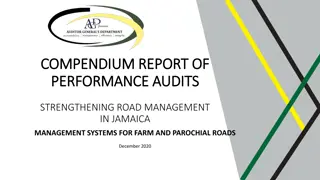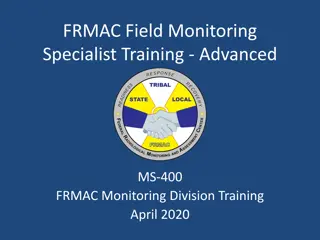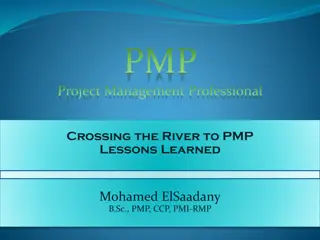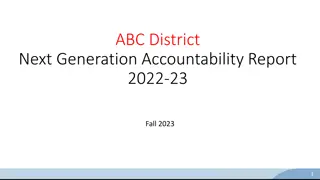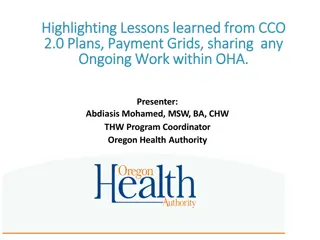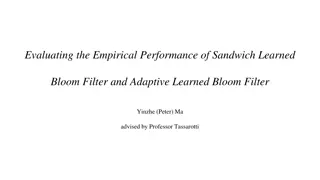Social Accountability: Lessons Learned and Strategies
Social accountability enhances institutional performance through citizen engagement and public responsiveness, emphasizing citizen monitoring, public information access, and resource allocation participation. The experience-based insights explore the impact, challenges, and approaches of social accountability initiatives.
Download Presentation

Please find below an Image/Link to download the presentation.
The content on the website is provided AS IS for your information and personal use only. It may not be sold, licensed, or shared on other websites without obtaining consent from the author.If you encounter any issues during the download, it is possible that the publisher has removed the file from their server.
You are allowed to download the files provided on this website for personal or commercial use, subject to the condition that they are used lawfully. All files are the property of their respective owners.
The content on the website is provided AS IS for your information and personal use only. It may not be sold, licensed, or shared on other websites without obtaining consent from the author.
E N D
Presentation Transcript
Social accountability: Lessons learned and next steps UNICEF webinar May 2, 2018 Prof. Jonathan Fox Director, Accountability Research Center American University School of International Service www.accountabilityresearch.org
What is social accountability? Social accountability strategies try to improve institutional performance by bolstering both: Citizen engagement (voice) and Public responsiveness of governments and corporations (teeth) In practice, what does this mean? May 2, 2018
SAcc is an evolving umbrella category Citizen monitoring/oversight/feedback on public sector performance User-centered public information access/dissemination Public complaint & grievance redress mechanisms Citizen participation in resource allocation decisions, such as participatory budgeting May 2, 2018
What does the evidence of SAcc impact tell us? Large int l orgs begin promoting SAcc in 2002 (CARE s CSC) National initiatives came first (e.g., Mexico, Brazil) 2004 WDR on service delivery recognizes citizen voice After many excellent literature reviews The evidence is mixed - now what? Rethinkthe evidence to address the what next? question May 2, 2018
experLow impact SAcc experiences show that Information provision is not enough Light touch interventions rarely sustain collective action Community-based monitoring often lacks bite Induced participation in local development is vulnerable to elite capture May 2, 2018
experRethink what the evals evaluate SAcc includes two very distinct approaches: o Tactical o Strategic May 2, 2018
experTactical SAcc approaches involve: Bounded interventions Citizen voice as the sole driver Assumption that information provision alone will inspire collective action with sufficient power to influence public sector performance Exclusive focus on local arenas Therefore more straightforward to evaluate May 2, 2018
experStrategic SAcc approaches involve: Multi-pronged: Multiple, coordinated tactics Enabling environments for voice: To reduce perceived risks of collective action Governmental reforms that bolster public sector responsiveness Taking scale into account: Vertical integration of monitoring & advocacy, plus geographic & social inclusion Realistic assessment measures: Because building accountability involves iterative, contested & therefore uneven processes May 2, 2018
experTo follow up, links include: On tactical vs strategic approaches: See 2015 open source article in World Development: SAcc: What does the evidence really say? On multi-level strategies ( vertical integration ), see U4 Report Doing Accountability Differently, & IDS report Scaling Accountability, plus G-Watch reports from the Philippines On lessons from civic tech experiments, see Peixoto & Fox, 2016 WDR Background Paper On the political construction of accountability keywords, see recent TICTeC talk May 2, 2018
experLooking ahead, SAcc 2.0 questions include: What kind of info is power? o User-centered design needed for perceived actionability How to apply open government to SAcc? o Proactive disclosure w targeted transparency What makes feedback loops really close? o Do GRMs have autonomy & capacity? How to address the fear factor? o Legal empowerment? Meaningful protection from reprisals? May 2, 2018
Summary The what works question needs to distinguish between tactical & strategic approaches Tactical approaches assume problems are local and information is power o Neither hold up Strategic approaches work at multiple levels, scale up collective action & bolster state capacity to respond o Promising but hard to evaluate May 2, 2018
Takeaway: Voice needs teeth to have bite . but teeth may not bite without voice May 2, 2018
Comments welcome - thanks Jonathan Fox School of International Service American University fox@american.edu www.jonathan-fox.org www.accountabilityresearch.org
